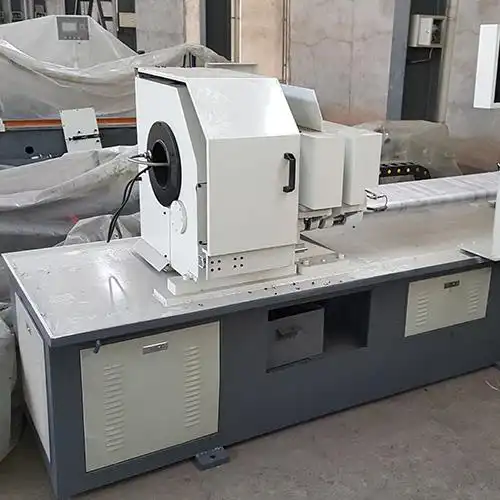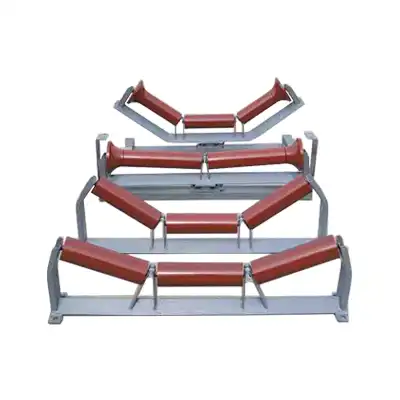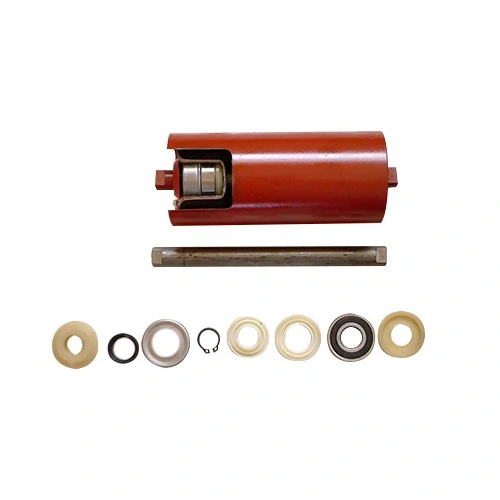- English
- French
- German
- Portuguese
- Spanish
- Russian
- Japanese
- Korean
- Arabic
- Greek
- German
- Turkish
- Italian
- Danish
- Romanian
- Indonesian
- Czech
- Afrikaans
- Swedish
- Polish
- Basque
- Catalan
- Esperanto
- Hindi
- Lao
- Albanian
- Amharic
- Armenian
- Azerbaijani
- Belarusian
- Bengali
- Bosnian
- Bulgarian
- Cebuano
- Chichewa
- Corsican
- Croatian
- Dutch
- Estonian
- Filipino
- Finnish
- Frisian
- Galician
- Georgian
- Gujarati
- Haitian
- Hausa
- Hawaiian
- Hebrew
- Hmong
- Hungarian
- Icelandic
- Igbo
- Javanese
- Kannada
- Kazakh
- Khmer
- Kurdish
- Kyrgyz
- Latin
- Latvian
- Lithuanian
- Luxembou..
- Macedonian
- Malagasy
- Malay
- Malayalam
- Maltese
- Maori
- Marathi
- Mongolian
- Burmese
- Nepali
- Norwegian
- Pashto
- Persian
- Punjabi
- Serbian
- Sesotho
- Sinhala
- Slovak
- Slovenian
- Somali
- Samoan
- Scots Gaelic
- Shona
- Sindhi
- Sundanese
- Swahili
- Tajik
- Tamil
- Telugu
- Thai
- Ukrainian
- Urdu
- Uzbek
- Vietnamese
- Welsh
- Xhosa
- Yiddish
- Yoruba
- Zulu
What Is a Belt Conveyor Hot Vulcanized Rubber Coated Drum Pulley?
2024-07-02 11:46:39
When it comes to belt conveyors, the drum pulley plays a crucial role in the system's efficiency and durability. The hot vulcanization process of rubber coating on drum pulleys offers several benefits that directly impact the conveyor's performance, longevity, and overall reliability in demanding environments.
What Makes Hot Vulcanized Rubber Coated Drum Pulleys Ideal for High-Temperature Applications?
In industries where high temperatures are prevalent, such as mining, cement, and steel, the choice of drum pulleys becomes critical. Belt Conveyor Hot Vulcanized Rubber Coated Drum Pulleys are particularly well-suited for these demanding environments due to their exceptional heat resistance. The hot vulcanization process involves bonding rubber to the pulley surface under high temperature and pressure, creating a durable and cohesive layer that can withstand extreme temperatures without degrading.
This heat resistance ensures that the pulleys maintain their structural integrity and performance even in challenging conditions. Additionally, the rubber coating provides excellent grip, enhancing the traction between the pulley and the conveyor belt. This improved grip helps to prevent slippage, ensuring smooth and efficient operation.
Moreover, the hot vulcanized rubber coating acts as a protective barrier, shielding the pulley from wear and tear caused by abrasive materials and harsh environmental conditions. This protection extends the pulley’s lifespan, reducing the need for frequent maintenance and replacements.
Overall, the combination of heat resistance, enhanced traction, and durability makes hot vulcanized rubber coated drum pulleys ideal for high-temperature applications, ensuring reliable and efficient conveyor system operation.
How Does the Design of Hot Vulcanized Rubber Coated Drum Pulleys Enhance Conveyor Safety?
Safety is a critical consideration in conveyor systems, where the design of drum pulleys plays a pivotal role. The application of hot vulcanized rubber coating on drum pulleys represents a significant advancement aimed at enhancing safety measures. This coating not only improves grip but also reduces slippage between the pulley and the conveyor belt, thereby minimizing the risk of accidents and creating a safer working environment.
In the realm of belt conveyors, drum pulleys are indispensable components that directly influence system efficiency, reliability, and safety. The hot vulcanization process involves applying rubber to the drum's surface under high temperature and pressure. This results in a robust, high-friction surface that enhances the pulley's performance in various ways.
Firstly, the enhanced grip provided by the rubber coating ensures better traction between the pulley and the belt. This reduces the likelihood of belt slippage, which can lead to sudden stops or jams, potentially causing injuries or equipment damage.
Secondly, the rubber coating acts as a protective layer that cushions the impact of conveyed materials on the pulley surface. This not only extends the pulley's lifespan by reducing wear but also contributes to smoother operation, minimizing disruptions and enhancing overall safety.
Furthermore, the durability of Belt Conveyor Hot Vulcanized Rubber Coated Drum Pulley means they can withstand harsh environmental conditions and abrasive materials without compromising safety. Their ability to maintain performance under such conditions reduces maintenance needs, ensuring continuous and reliable operation of the conveyor system.
In summary, the design of hot vulcanized rubber coated drum pulleys significantly enhances conveyor safety by improving grip, reducing slippage, and providing a protective barrier against wear and tear. These advancements contribute to a safer workplace environment, promoting efficiency and reducing the risk of accidents in industrial settings.
Understanding Hot Vulcanized Rubber Coated Drum Pulleys
Before delving into the benefits, let's first understand what hot vulcanized rubber coated drum pulleys are. These pulleys consist of a steel drum that is coated with a layer of rubber using the hot vulcanization process. This process involves heating the rubber to a high temperature and then applying it to the drum surface, where it bonds and cures, creating a strong and durable rubber coating.
Benefit 1: Improved Grip and Traction
One of the primary benefits of hot vulcanized rubber coated drum pulleys is improved grip and traction. The rubber coating provides a high-friction surface that enhances the pulley's ability to grip the conveyor belt. This is especially important in applications where the conveyor belt is subjected to high loads or where slippage is a concern.
Benefit 2: Enhanced Heat Resistance
In industries such as mining, cement, and steel, where high temperatures are prevalent, the heat resistance of conveyor components is crucial. Hot vulcanized rubber coated drum pulleys offer superior heat resistance compared to uncoated pulleys, making them ideal for use in high-temperature environments.
Benefit 3: Reduced Wear and Tear
The rubber coating on Vulcanized Rubber Drum Pulley acts as a protective barrier, reducing wear and tear on both the pulley and the conveyor belt. This can significantly extend the life of the pulley and the belt, resulting in lower maintenance costs and downtime.
Benefit 4: Improved Conveyor Safety
Safety is paramount in conveyor systems, and Hot Coated Drum Pulley can help enhance safety in several ways. The improved grip and traction reduce the likelihood of belt slippage, which can cause accidents. Additionally, the rubber coating can act as a cushioning layer, reducing the impact of material on the pulley and the belt, further enhancing safety.
Conclusion
In conclusion, Belt Conveyor Hot Vulcanized Rubber Coated Drum Pulley offer several benefits that make them ideal for use in belt conveyors. From improved grip and traction to enhanced heat resistance and reduced wear and tear, these pulleys can help enhance the performance, reliability, and safety of conveyor systems in a wide range of industries.
References
1.Lodewijks, G. (2004). "The Principles of Conveyor Belt and Belt Scraper Selection." Bulk Solids Handling, 24(5), 305-308.
2.Wheeler, C. A., & Roberts, A. W. (2008). "Design Considerations for Conveyor Belt Idlers." International Journal of Mining and Mineral Engineering, 2(2), 147-159.
3.McGuire, M. J. (2003). "Design and Construction of Belt Conveyors for Coal Handling." Coal Age, 108(5), 52-55.
4.Heitzler, M., Dayer, P., & Talbot, B. (2011). "Understanding and Optimizing Belt Conveyor Designs." Mining Technology, 120(1), 50-55.
5.Jones, M. J. (2007). "Improving Conveyor Performance with Wing Pulleys." Mining Magazine, 197(3), 72-75.
6.Goodell, P. (2010). "Conveyor Belt Troubleshooting." Construction Equipment Guide, 56(13), 102-104.
7.Konakalla, N., & Singh, R. (2014). "Optimization of Belt Conveyor Systems." Journal of Material Handling and Logistics, 4(3), 92-98.
8.Singh, S. P., & Sharma, R. K. (2015). "Maintenance Management of Mining Belt Conveyor System Based on Data Fusion and Advanced Analytics." Journal of Cleaner Production, 105, 1-10.
9.Thomas, A. D. (2016). "The Importance of Conveyor Pulleys in Bulk Material Handling." Bulk Material Handling by Conveyor Belt 7, Society for Mining, Metallurgy & Exploration.
10.Swinderman, R. T., Marti, A. D., & Carlson, D. W. (2002). "Foundations: The Practical Resource for Total Dust & Material Control." Martin Engineering, 3rd edition.





